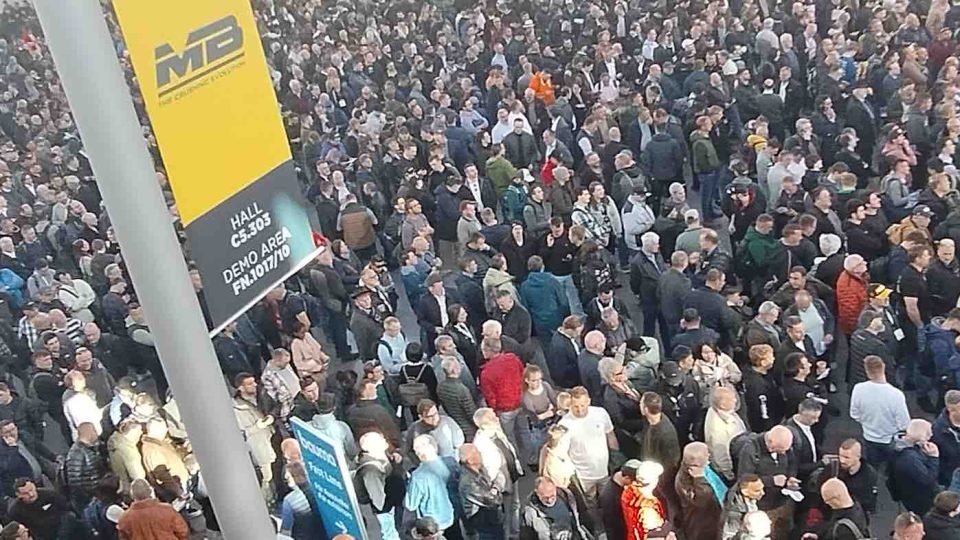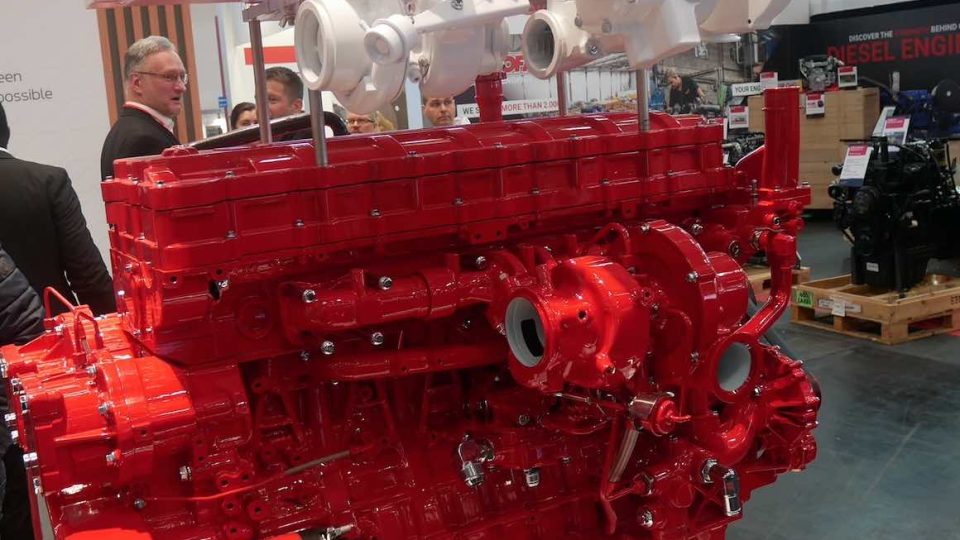Perkins and Lindner. A ‘Syncro-nized’ partnership
Perkins and Lindner. It was the year 2016, at Bauma in Munich, the mother of all industrial engine fairs, Perkins exhibited the Syncro diesel engine under a display case, in the top version: 3.6 liters of 100 kilowatts and 550 Newtonmeter. From the autumn of 2019 we find that engine under the bonnet of […]
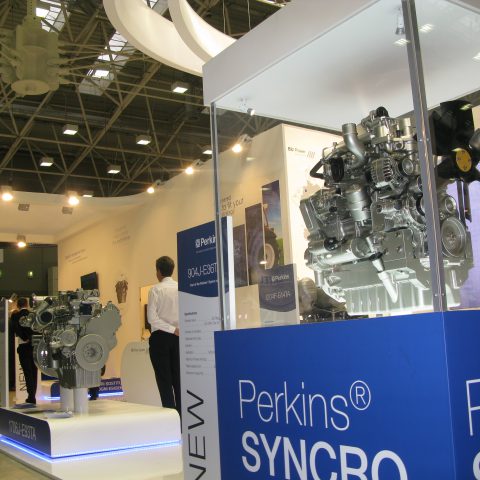
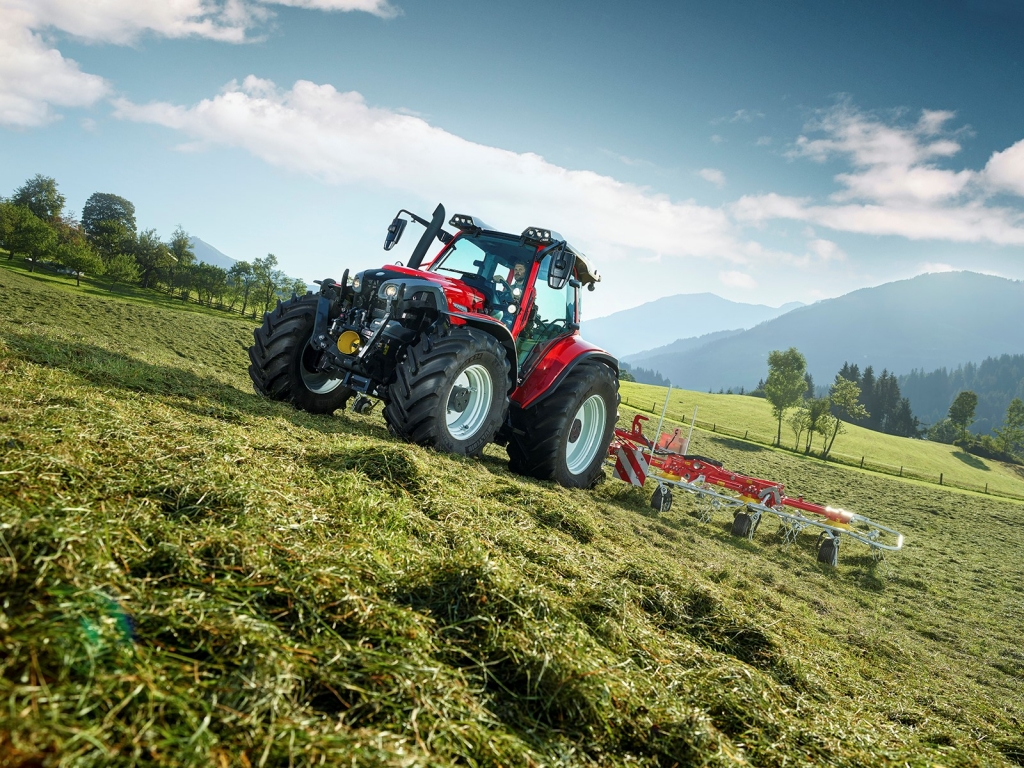
Perkins and Lindner. It was the year 2016, at Bauma in Munich, the mother of all industrial engine fairs, Perkins exhibited the Syncro diesel engine under a display case, in the top version: 3.6 liters of 100 kilowatts and 550 Newtonmeter. From the autumn of 2019 we find that engine under the bonnet of Lindner’s Lindtrac 130.
The relaunch of Perkins’ industrial engines is taking shape. The Syncro has found fertile ground in handling, as demonstrated by the choices of Dieci and Mecalac, the Italian OEM with a telescopic handler, the French one with the Stage V backhoe loader.
Perkins and Lindner. A strong partnership also for the Lindtrac 130
The tractors, Perkins’ former hunting ground, could also be fascinated by the 4-cylinder, which has recovered its compactness, a trademark of Peterborough, the driver of post-World War II agricultural mechanization. Lindner confirms its partnership with the British compacts engines by relying on the 904J to meet the Stage V emissions rules. On specialist and utility vehicles (where the Syncro family also has 1.7, 2.2 and 2.8 litres) and medium-powered tractors, the 3.6 litre offers an elastic curve, between 1,000 and 2,000 rpm, and torque at maximum power of 79 per cent. The trump card is the overall dimensions, equal to 0.29 cubic metres.
SYNCRO? A WELL-INTEGRATED FAMILY
Concerning Lintrac 130, the relationship between Perkins and Lindner is really a ‘Syncro-nized’ partnership, such as the headline refers to. To be sure, we asked to David Lindner, Head of Marketing & Export.
We asked David Lindner about the Syncro engine
What are the main reasons that made you choose the Stage V Perkins Syncro engines for the new family of Lindner tractors (emissions, power, overall performance…)?
From the outset, it was clear that we would skip Stage 4 and then start with the new generation of engines. This decision has proved to be spot on. We aim to convert all of our tractors and transporters by 2021. The new engines are a perfect match to our vehicles and meet our customers’ requirements. The excellent torque for climbing steep inclines is particularly attractive to farmers in Alpine and grassland areas.
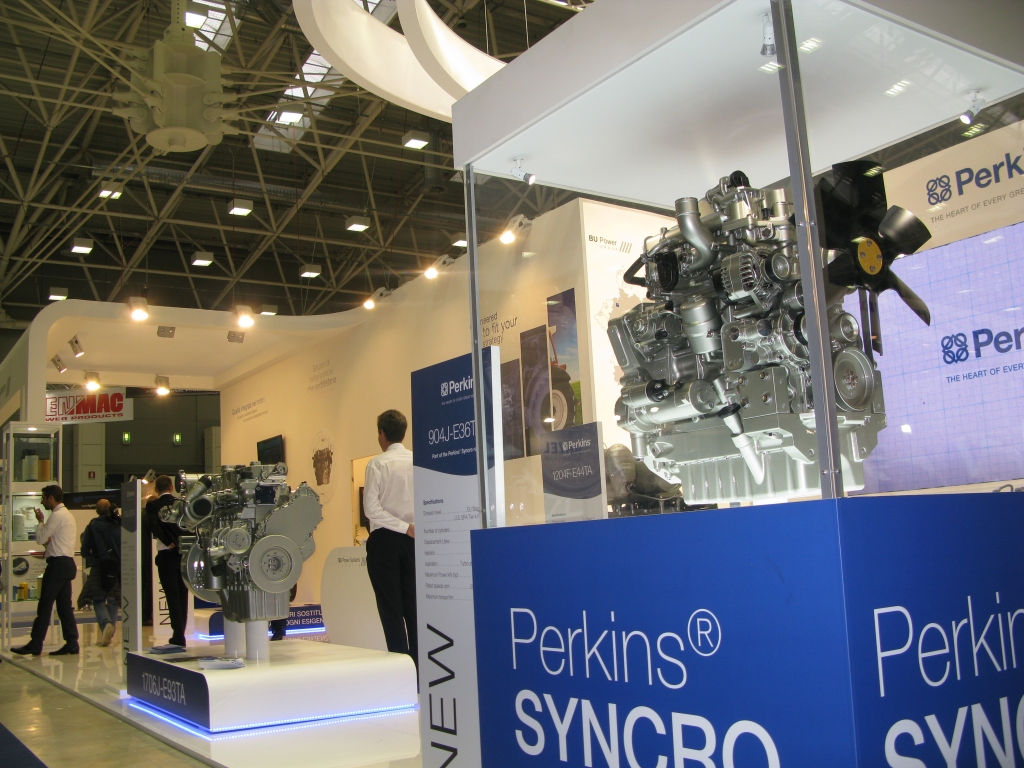
Is there any particular issue, in terms of design of the tractor, to be faced when installing a Stage V engine, compared to the engines belonging to the previous emissions standards?
What was particularly important for us was the need to minimize the space required by the engine. This was a request which was fully taken into account in the first prototype. We initially asked ourselves whether the new engines and the aftertreatment of exhaust gases would work in the confined engine bay which we need. Perkins found the perfect solution. The engines manufactured by Perkins are now perfectly integrated into our vehicle concepts, power train and the chassis.
DO YOU WANT A STRUCTURAL ONE? LET’S TAKE IT!






